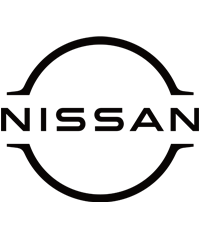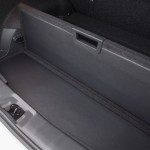NISSAN is this month celebrating the 20th anniversary of the debut of one of its most iconic features – the much-loved ‘curry hook’.
The dashboard hook first appeared on the Nissan Almera compact family hatchback in March 1996, as a way of keeping hand bags or shopping bags upright. It was quickly dubbed the ‘curry hook’ by media who recognised it was the perfect way to stop takeaway food from spilling into the car’s foot well.
Today, it remains a feature of the brand’s award-winning crossovers such as the Qashqai and X-Trail. All that’s changed is the location of the hook; it has moved from the dashboard to the boot.
It’s just one of many simple solutions which Nissan has incorporated into its cars to make life easier for the driver. Another is the ‘Karakuri’ boot board – also known as the Flexi-Board – which is available on the Nissan Qashqai, Juke and Note. It allows owners to divide the cargo space according to their needs, and can be arranged in various configurations to support and protect items in transit. When not in use, it cleverly stores out of the way in the boot floor.
Seemingly simple innovations like these complement the more technologically-advanced features like Nissan’s advanced driver assistance systems, and help to improve the overall ownership experience.
Nissan’s engineers have put just as much thought into the latest NP300 Navara pick-up. For example, it features a 12-volt power socket in the dashboard’s upper storage tray – ideal for customers who have their own portable sat-nav device to stick to the windscreen. It means no potentially hazardous trail of wires across the facia, keeping the driving environment tidy and unobstructed. Cleverly, for customers who choose an NP300 Navara with an integrated sat-nav, the socket isn’t there.
Such smart thinking isn’t a new element of the Nissan ‘customer-first’ philosophy. In September 1986, when the first Nissan Bluebird rolled off the new production line in Sunderland, UK, it had two analogue trip meters built into the instrument cluster behind the steering wheel. Why? So business users could easily separate and log their professional and private mileage. A unique feature at the time, it is now standard on the digital read-outs of almost every volume car brand.
Many innovations such as these began life in the minds of the engineering experts at Nissan’s European Technical Centre in Cranfield, UK.
David Moss, Vice President, Vehicle Design & Development, commented: “Whether its trip meters, power sockets, boot boards or the famous curry hook, Nissan engineers never forget that it’s often these clever ideas – which make life easier for drivers – that will keep our customers coming back time and time again.”






